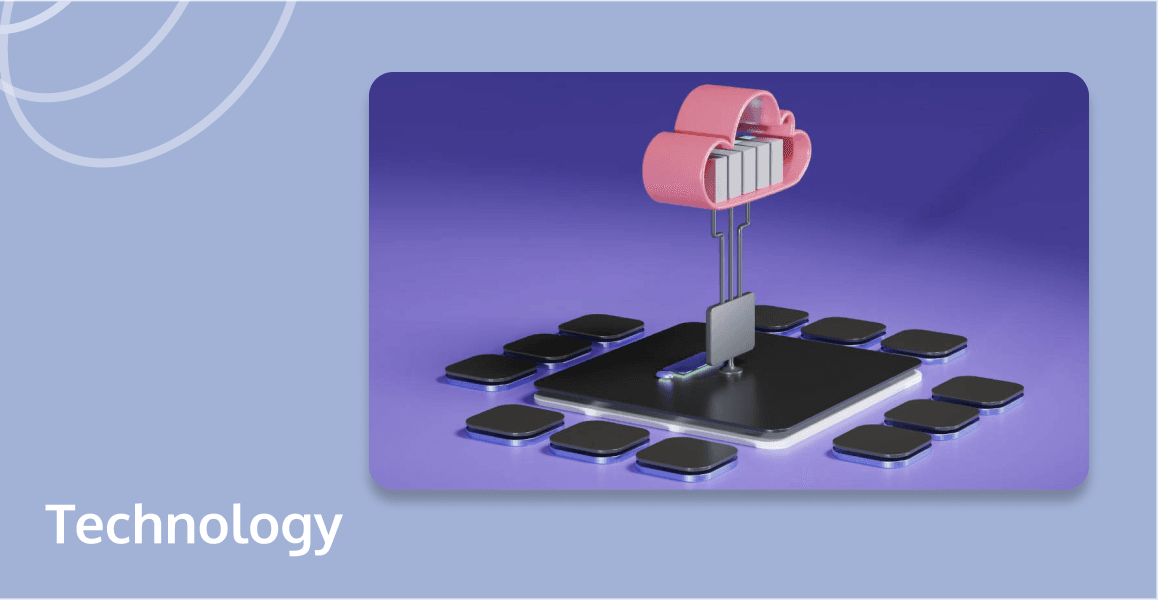
Choosing between on-premise solutions and cloud-based services can help businesses looking to optimize their operations. This decision impacts not only the operational efficiency but also the scalability of the business.
If you're exploring the best infrastructure options for your business needs, this guide is for you. We will talk about everything on on-premise vs cloud including their key distinctions, and essential considerations to help you make an informed decision. Continue reading to grasp how each option could enhance your business strategy.
What Is On-Premise?
On-premise refers to the traditional method of installing and running software and managing data from a physical site that a business directly controls, typically within its own facilities. In this setup, the company owns and maintains the servers, hardware, and infrastructure necessary to support and manage the software applications. This allows for complete control over the computing environment, including security, data management, and compliance with regulations.
What Does Cloud Mean?
Cloud computing refers to the delivery of computer services such as servers, storage, databases, networking, software, analytics, and intelligence via the Internet ("the cloud") in order to provide speedier innovation, flexible resources, and economies of scale. Typically, you only pay for the cloud services you use, which helps to reduce operational expenses, manage your infrastructure more efficiently, and scale as your business needs change.
Cloud computing functions by outsourcing hardware and software management to external providers. These providers, such as Amazon Web Services, Microsoft Azure, or Google Cloud, manage vast data centers across various locations, offering resources as services over the Internet.

Benefits of Cloud vs On Premise
In order to help you better understand the benefits of cloud and on-premise to make a smart choice for the business, we will walk you through their benefits respectively in this part:
Cloud Benefits:
- Scalability: Easily scales resources to meet business demands without physical infrastructure changes.
- Cost Efficiency: Reduces upfront capital expenditure as it operates on a pay-as-you-go basis, turning capital expenses into operational costs.
- Disaster Recovery: Offers robust disaster recovery solutions, enhancing business continuity without substantial additional investment.
- Maintenance: Cloud providers manage and maintain the IT infrastructure, reducing the workload on internal IT staff.
- Innovation: Provides access to the latest technologies without the need for businesses to upgrade their hardware.
On-Premise Benefits:
- Control: Offers complete control over the environment, including hardware and software, which is vital for meeting specific security and compliance requirements.
- Security: Data remains within the company's physical premises, offering better protection against external breaches subject to proper security measures being in place.
- Customization: Allows for deeper customization of hardware and software to meet specific business needs and integration requirements.
- Performance: On-site hardware can provide faster data processing speeds for applications that are sensitive to latency.
- One-time Investment: Although it requires an upfront investment, on-premise infrastructure can be less costly over a long period if managed effectively, without ongoing subscription fees.
Key Differences of On-Premise vs. Cloud
While making a suitable choice between on-premise and cloud, you can consider these key differences:
Control and Customization
On-premise solutions offer higher levels of control and customization. Organizations can tailor their IT environment to meet specific requirements, manage security protocols, and maintain data within their physical premises. In contrast, cloud services provide less control over the physical infrastructure and software customization since the hardware and platforms are managed by service providers.
Scalability and Flexibility
Cloud environments are highly scalable, allowing businesses to easily add or reduce resources based on demand. This flexibility is a significant advantage for companies with fluctuating workloads or those experiencing rapid growth, as it eliminates the delays in scaling up physical resources. On-premise solutions, while offering stable performance, require manual intervention and additional capital to scale up, which can be time-consuming and expensive.
Security and Compliance
Regarding to cloud vs on premise security, on-premise environments typically provide organizations with the ability to closely monitor and control their security measures, which is particularly important for industries with high regulatory demands. On the other hand, cloud providers offer robust security measures that are continuously updated to combat emerging threats, but the reliance on external providers can introduce concerns about data sovereignty and third-party access.
Cost Structure
On-premise infrastructure generally requires a large upfront capital expenditure (CapEx) for purchasing hardware, software licenses, and related infrastructure. Also, ongoing costs include maintenance, power, cooling, and personnel. Cloud computing, however, typically operates under an operational expenditure (OpEx) model where businesses pay a subscription fee based on usage. This can reduce upfront costs and shift IT spending to a more predictable, pay-as-you-go model.
On-Premise vs Cloud: Which to Choose?
When choosing between on-premise and cloud solutions, consider the specific needs of your business. For companies that prioritize full control over their infrastructure and data, due to stringent security and compliance requirements, on-premise might be the better choice. This setup allows businesses to maintain direct oversight over their IT environment, which is crucial in industries like finance and healthcare related to data sensitivity.
On the other hand, if your business demands high scalability and flexibility, or if you're looking to minimize capital expenditures, the cloud offers significant advantages. Cloud solutions provide the ability to scale resources on demand without the need for upfront investment in physical hardware, making it ideal for businesses with variable workloads or those in growth phases.
Conclusion
We have detailed the essential differences and considerations on on-premise vs cloud, including control, cost, scalability and more, and equipped you with the knowledge needed to make an informed decision tailored to your specific business needs. Making the right decision will enable your business to enhance its operational efficiency and adapt more dynamically to the ever-evolving technological landscape.
If you have any questions or need assistance, our support team is always ready to help. Please feel free to Contact Us or join us in Telegram.
FAQs
What Are the Security Considerations for On-Premise and Cloud Solutions?
On-premises solutions offer direct control over data security but may require significant maintenance. Cloud solutions rely on third-party providers, often providing strong encryption and compliance measures but necessitating thorough vetting of data storage, access controls, and vendor security practices to mitigate potential risks like breaches and unauthorized access.
How Do I Know If My Server Is On-Premise or Cloud?
You can determine if your server is on-premise or cloud-based by examining where the physical infrastructure is located and how it's managed. An on-premise server will be physically located within your company's facilities, managed and maintained by your internal IT team. Conversely, a cloud server is hosted off-site by a third-party provider and managed remotely; you typically access it via the internet and do not manage the physical hardware directly.


